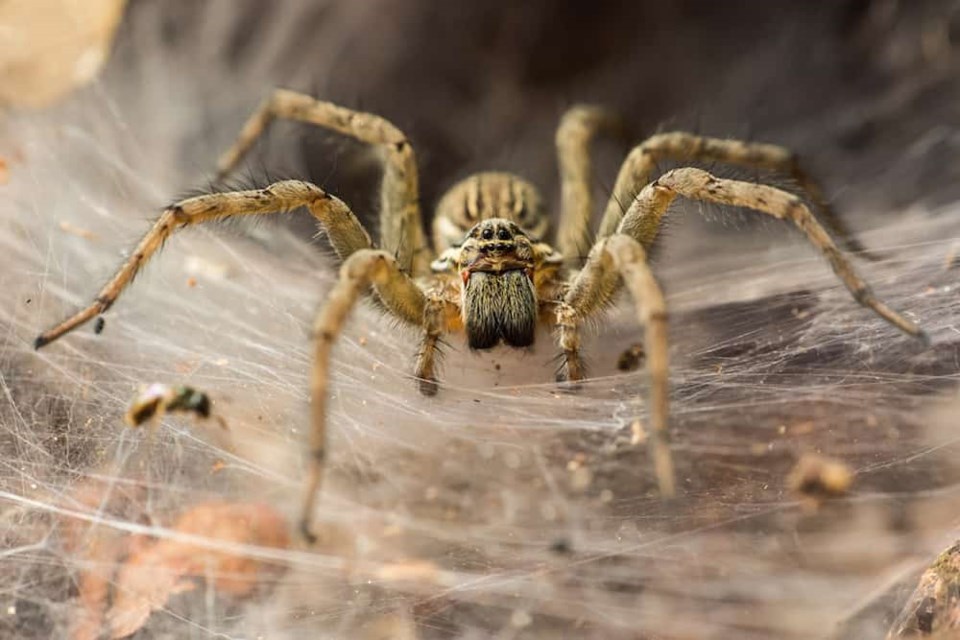With eight legs and eight eyes, some spiders look like miniature monsters. Many of them are completely covered in hair, while others have spooky looking, jack-o’-lantern bodies.
With their spooky physiques aside, spiders play an important role in our ecosystem. Not only do these creepy crawlies keep the number of flies and other bothersome bugs down, but they also control insect populations that devastate flora and fauna.
And while it might seem like there are only a few varieties of arachnids around your home and on trails, there are actually hundreds of species found province-wide. In fact, the Electronic Atlas of the Wildlife of British Columbia reports that there have been a whopping 859 species of spider confirmed in B.C. What’s more, the “spider fauna of the province is estimated to be more than 1000 species.”
Some people claim to see more spiders in their homes during the spring, but that isn't because they've moved inside. According to Burke Museum, the spiders you find in your home are completely different than the ones you'd find outdoors (or most of them, at least). For instance, it highlights that of the 170 spider species found in the City of Seattle, only eight of the spider species are commonly found both outdoors and in houses. 137 of them are outdoor species, while 25 are indoor. As such, the whopping majority live rent-free in your abode the whole year-round.
Which raises the question: why does there seem to be so many more spiders in the spring?
The answer is simple: mates.
Male spiders typically venture from their webs in the spring and late summer in search of females - and the rest is arachnid history.
So, if spiders seem more plentiful during the warm weather because they are looking for mates, why do there seem to be so many arachnids on the move during the spring months?
The answer is more complicated.
Entomology Collections Manager and Researcher Claudia Copely tells Vancouver Is Awesome in an email that the spiders of B.C. cannot be described in one, all-encompassing way.
"So far we have documented almost 900 species of spider in BC, so it isn’t really possible to say anything meaningful about them as a group," she writes.
"There are all different life histories among them: some live only a year and others are longer-lived. Some spend the winter as eggs while others are adults…Some are largish while most are less than ½ a cm fully grown…Some build webs and others do not use a web to catch prey."
Copely adds that people may be noticing nature a bit more this year, as they are, "trapped at home, with great weather, lots of outdoor activities – all making us more observant of the natural world."
With this in mind, Copely states that spiders cannot usually function in cold conditions, so warmer weather does mean good news for arthropods in general. As such, it makes sense that they will be more active as the weather warms up.
Copley also remarks that "Spiders found around human habitation tend to be non-native- usually they are European species that have been accidentally introduced."



